Introduction
Choosing the right pair of shoes is crucial for your performance and comfort, especially in sports like running and tennis. Despite both being athletic footwear, running and tennis shoes serve very different purposes and are designed with specific features to support those activities. In this comprehensive guide, we’ll delve deeply into the differences between running and tennis shoes, helping you make an informed decision based on your needs.
The Purpose of Each Shoe Type
What Are Running Shoes?
Running shoes are meticulously crafted with the primary goal of providing comfort and support during running. They are designed to cater to forward motion, offering a lightweight feel, ample cushioning, and strong arch support. Different types of running shoes exist to accommodate various running styles, such as neutral running shoes, stability shoes, and motion control shoes.
Key Features of Running Shoes
- Cushioning: Running shoes feature varying levels of cushioning to absorb shock and reduce impact on joints.
- Breathability: Materials used in running shoes are often lightweight and breathable to enhance comfort during long runs.
- Flexibility: These shoes allow for natural movement of the foot, promoting a more efficient stride.
- Heel-to-Toe Drop: The height difference between the heel and forefoot helps dictate how a runner strikes the ground, promoting a smoother transition.
What Are Tennis Shoes?
Tennis shoes, on the other hand, are engineered specifically for the sport of tennis. Unlike running, tennis involves lateral (side-to-side) movements, quick pivots, and abrupt stops. These shoes emphasize stability, support, and traction to handle the demands of the court.
Key Features of Tennis Shoes
- Stability: Tennis shoes provide enhanced support around the ankle to prevent rolling and injuries.
- Durability: Materials are designed to withstand the wear and tear of court surfaces.
- Traction: The outsole is designed to grip the court effectively, enabling quick movements and changes in direction.
- Lateral Support: Additional support in the midsole and upper allows for stable foot movement during intense gameplay.
Comparison Table: Running Shoes vs. Tennis Shoes
| Feature | Running Shoes | Tennis Shoes |
|---|---|---|
| Cushioning | High cushioning for shock absorption | Medium cushioning, focused on stability |
| Weight | Lightweight design | Heavier for added support |
| Arch Support | Varies based on running style | Moderate support, tailored for lateral movement |
| Outsole Design | Smooth for efficient stride | Textured for better grip |
| Heel-to-Toe Drop | Varies widely | Generally lower drop |
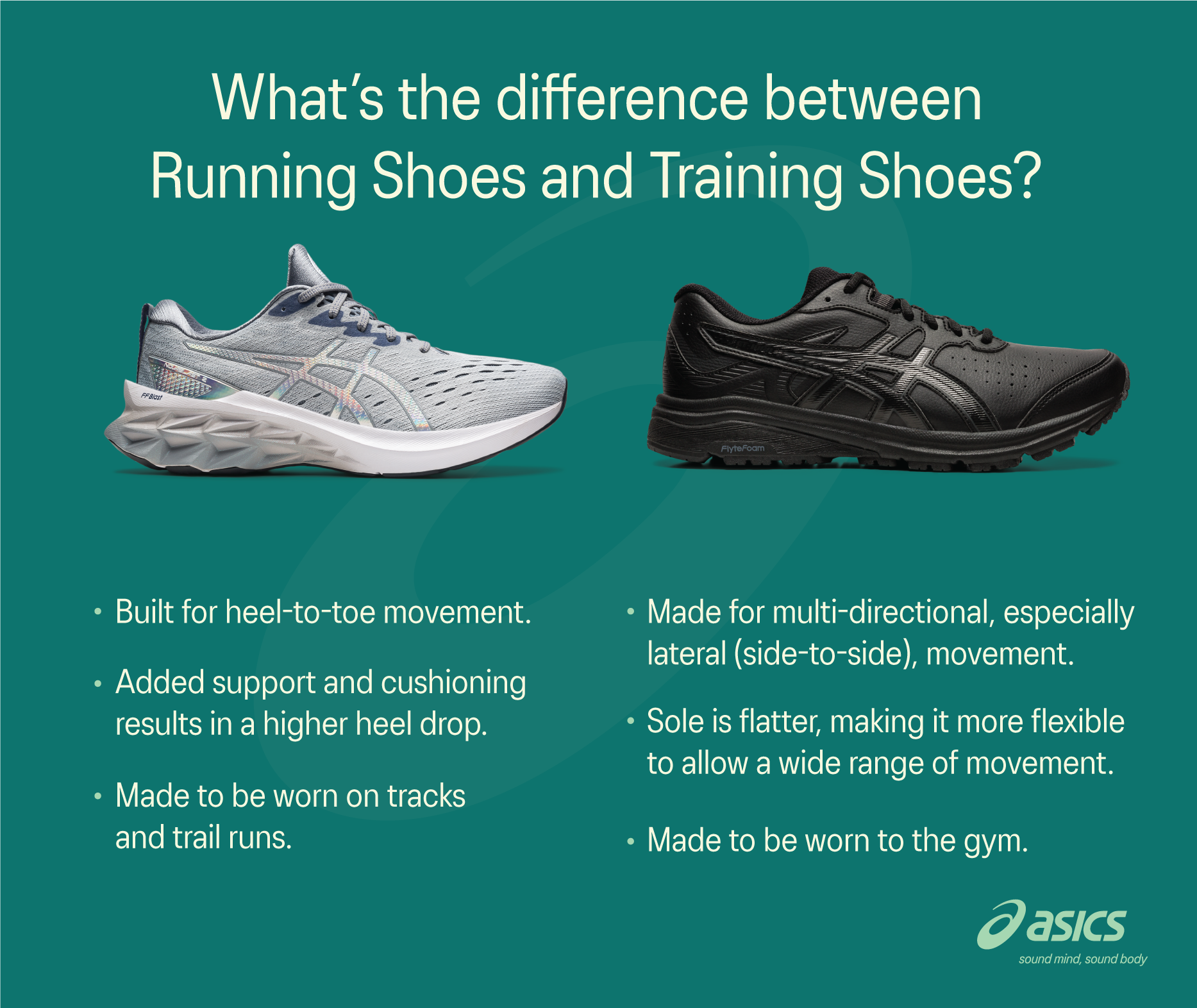
Real-World Footwear Experiences
To better understand the practical applications of running and tennis shoes, let’s explore some real-world experiences from footwear enthusiasts.
Case Study 1: Sarah’s Transition to Running
Sarah, a recreational runner, shared her experience transitioning from generic athletic shoes to specialized running shoes. After investing in a pair of Nike Zoom Pegasus, she noticed a significant reduction in fatigue during her runs. “The cushioning was a game changer,” she reported. “I felt like I could run longer without discomfort.”

Case Study 2: Mike’s Experience on the Tennis Court
Mike, an avid tennis player, illustrated the importance of having appropriate footwear. Switching from running shoes to Adidas Barricade tennis shoes helped him maintain better footing during matches. “The traction and lateral support made me feel more agile and confident on the court,” he explained. “I could focus on my game without worrying about slipping or rolling my ankle.”
How to Choose the Right Footwear for You
Selecting the right footwear is essential to enhance your performance and prevent injuries. Here are some tips to consider:
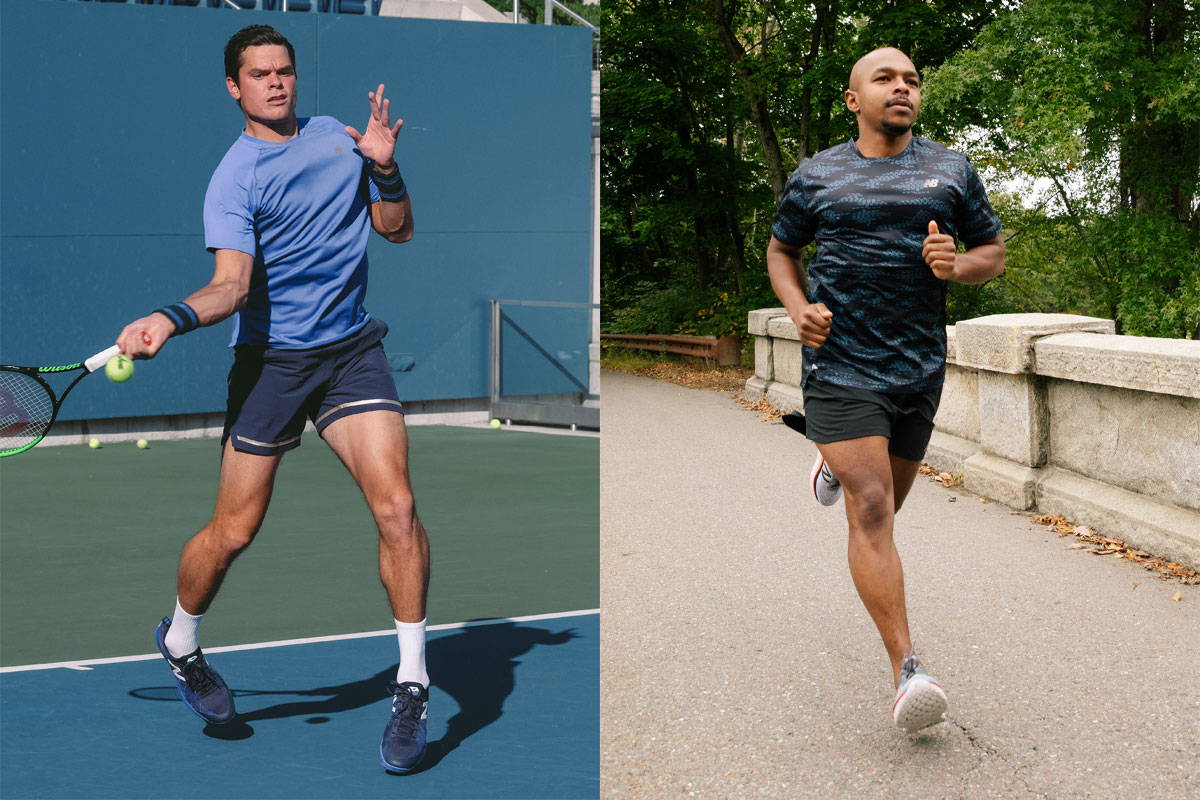
Assess Your Activity Level
Determine how often you run or play tennis. Casual players may need basic models, while serious athletes might require higher-end shoes with more advanced features.
Understand Your Foot Type
Knowing whether you have flat, neutral, or high arches helps in selecting shoes that provide the right level of support. Visit a specialty store for a gait analysis to determine the best fit.
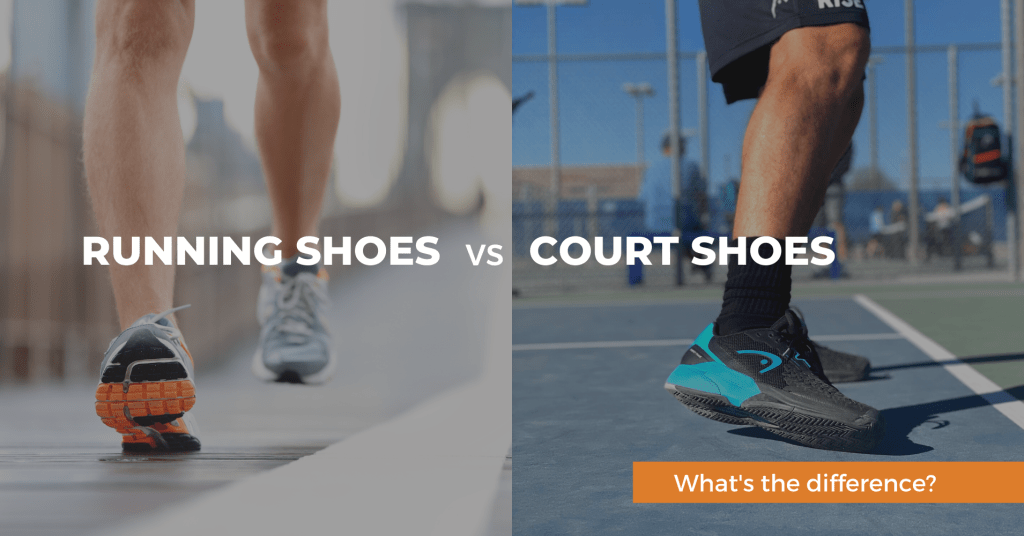
Try Before You Buy
Always try shoes on before making a purchase. Walk, jog, or mimic tennis movements in-store to gauge comfort and fit. Make sure there is enough space in the toe box and that the heel is secured without slipping.
Consider the Surface You’ll Use
The type of surface you’ll be running or playing on also impacts your choice. Running shoes are designed for pavement and trails, while tennis shoes are built for courts. Matching the shoe to the surface helps improve performance and decrease the risk of injury.
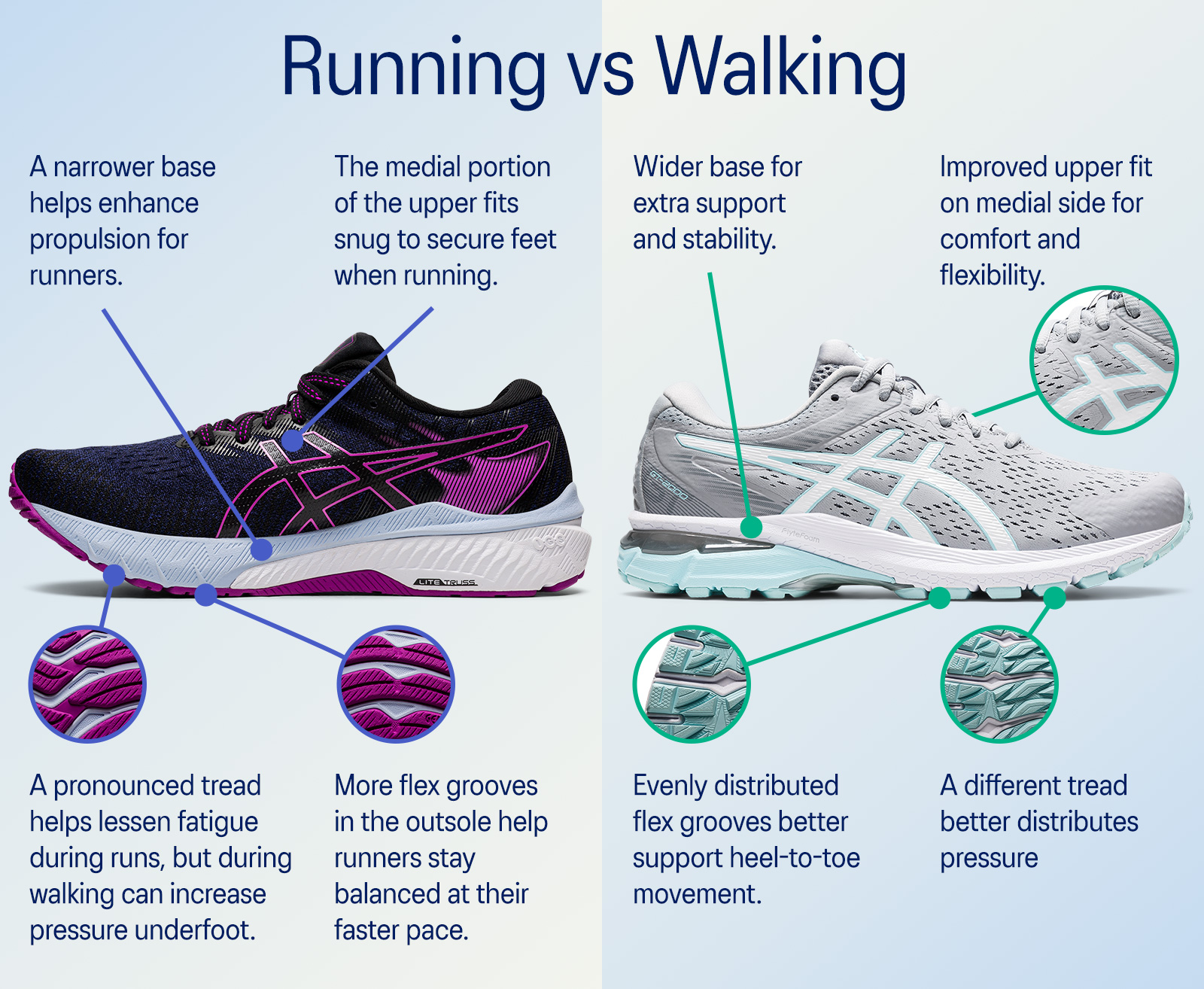
Product Highlights: Top Running and Tennis Shoes in the Market
Best Running Shoes of 2023
- Nike ZoomX Invincible Run: Rated 4.8/5, known for its plush cushioning and overall comfort.
- Brooks Ghost 14: Rated 4.7/5, a favorite for its balanced cushioning and smooth ride.
- Hoka One One Clifton 8: Rated 4.6/5, lauded for lightweight cushioning ideal for long distances.
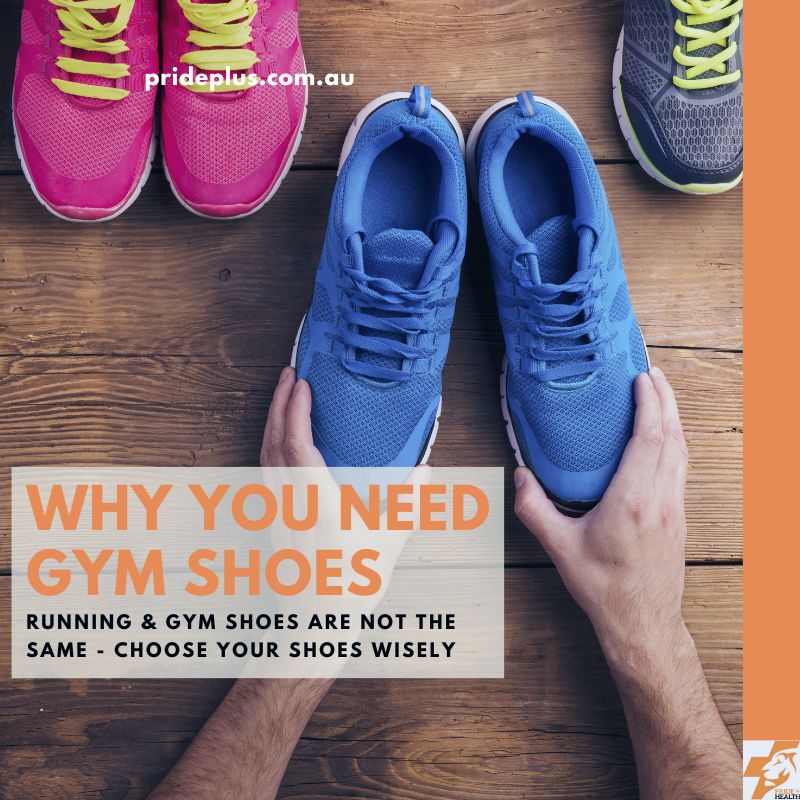
Best Tennis Shoes of 2023
- Asics Gel Resolution 8: Rated 4.7/5, praised for its stability and support on the court.
- Nike Air Zoom Vapor 11: Rated 4.5/5, favored for speed and agility, perfect for competitive play.
- Babolat Jet Mach II: Rated 4.6/5, known for its lightweight design and responsive feel.
Pros and Cons: Running Shoes vs. Tennis Shoes
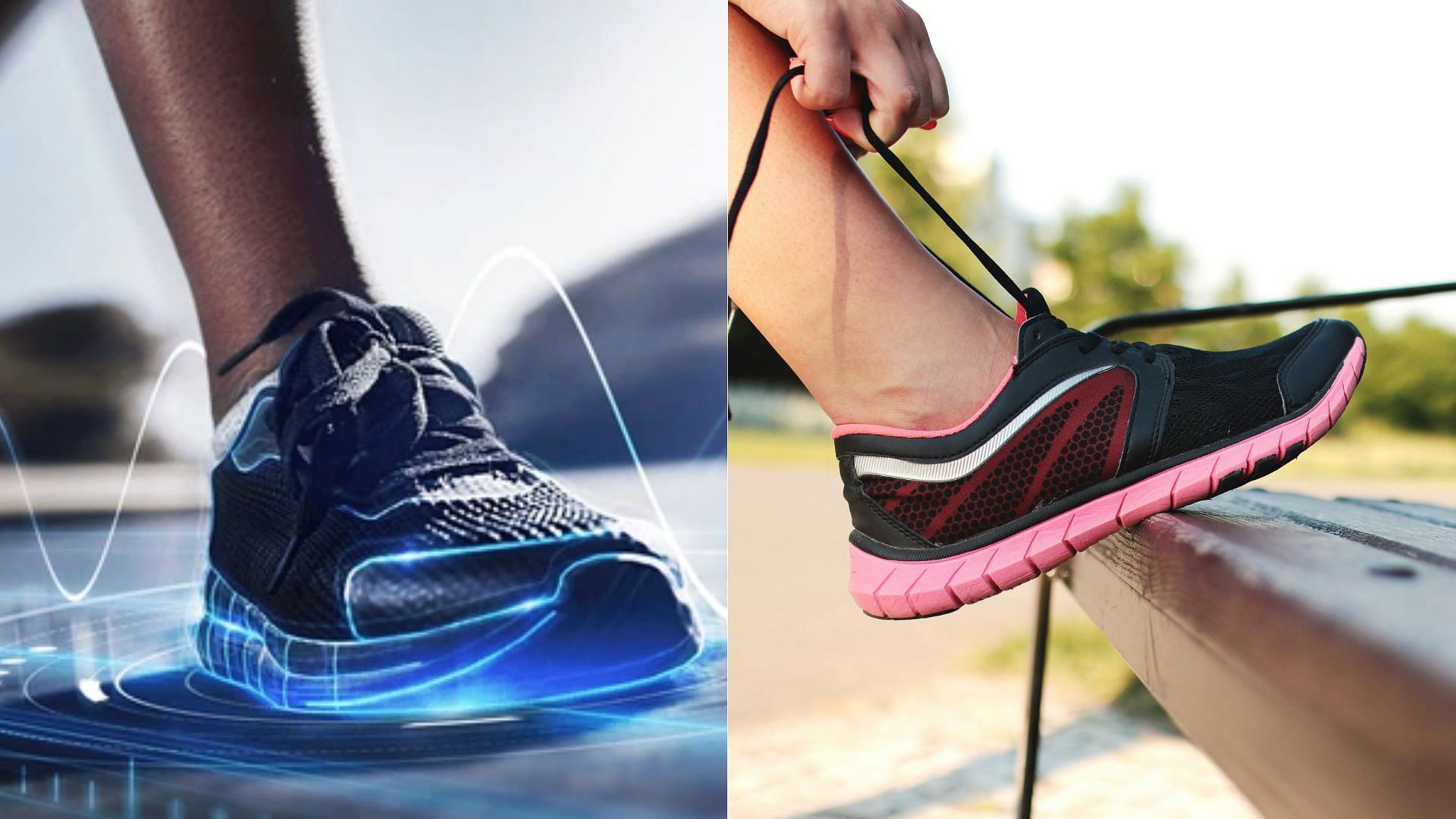
Pros of Running Shoes
- Excellent shock absorption.
- Designed for forward motion, enhancing running efficiency.
- Available in various widths and styles for foot type.
Cons of Running Shoes
- May lack the lateral support needed for tennis.
- Durability can be compromised on hard court surfaces.

Pros of Tennis Shoes
- Provides lateral support crucial for court sports.
- Designed for traction, enhancing movement on the court.
- Robust materials increase longevity during intense play.
Cons of Tennis Shoes
- Can be heavier than running shoes.
- Less cushioning may be uncomfortable for distance running.
FAQs
1. Can I use running shoes for tennis?
While you can wear running shoes for casual play, they lack the support and traction required for optimal performance on the court.
2. Are tennis shoes good for running?
Tennis shoes can be used for short runs, but they may not provide the necessary cushioning and flexibility for long-distance running.
3. What should I look for in running shoes?
Focus on cushioning, support, fit, and the shoe’s intended use (e.g., road running vs. trail running).
4. How often should I replace my running shoes?
Typically, running shoes should be replaced every 300-500 miles, depending on your running style and shoe type.
5. Is foot type important in choosing footwear?
Yes, understanding your arch type can help you find shoes that provide the appropriate support and comfort.
6. What is the difference in price between running and tennis shoes?
Prices can vary significantly based on the brand and technology, but generally, both running and tennis shoes can range from $50 to $250.
7. Do more expensive shoes offer better performance?
Not necessarily; while premium shoes often utilize advanced technology for performance, comfort and fit should be the primary importance regardless of price.
8. Should I break in my new shoes?
Yes, gradually breaking in new shoes can help prevent blisters and ensure a better fit for your foot.
9. Can I use the same shoes for other activities?
Using shoes for activities they weren’t designed for can lead to injury or discomfort, so it’s better to have specialized footwear.
10. What sneakers are best for cross-training?
Cross-training shoes provide versatility for various activities; brands like Nike, Reebok, and New Balance offer excellent options.
11. Are there eco-friendly shoe options?
Yes, many brands, such as Allbirds and Veja, offer environmentally sustainable shoes without compromising on performance.